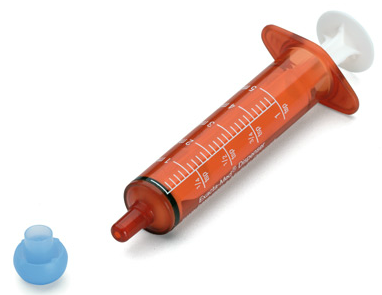I had an interesting phone conversation this morning with Kevin Sneed, Pharm.D.(@DeanSneed), Dean at the University of South Florida College of Pharmacy (USF COP). I’ve been trying to connect with Dr. Sneed for a while now, but as you can imagine his schedule is pretty full. Fortunately for me I was able to grab about 30 minutes of his time this morning. And what a great 30 minutes it was. I was so impressed with what he had to say that I’m planning to visit USF COP sometime in the next couple of months to continue the conversation and get a first hand look at what’s going on there.
While I could expound on our conversation for several pages, one comment that Dr. Sneed made struck me as so profound that I thought I would quickly share it.
During the conversation we started talking about data, and where it’s coming from. Pharmacy is a data driven science, but never has the data come from so many directions. Dr. Sneed commented that patients are taking control of information these days, and not only are they more informed, but they are generating much of the information that will be used in their care. Patients are becoming connected more and more. This is especially true with the advent of mobile technologies that wirelessly transmit tons of data for everything from exercise regimens, to weight, glucose readings, heart rate measurements, and so on. Dr. Sneed sees a future where patients will present this information not only to physicians, but other healthcare professionals such as pharmacists as well; it will be used as currency to start conversations and facilitate care. I’ve heard people in healthcare refer to data as currency before, but I never really made the connection until now.
It’s clear that we’re in a new age of heatlchare, and pharmacists need to be prepared to collect this information and utilize it to provide better pharmaceutical care. This may sound superficial on the surface, but it is a very important point. Think of a time, not so far in the future, when pharmacists will have a lot more information about patients at their fingertips. This will likely occur across all pharmacy environments, i.e. outpatient, long term care, acute care, etc. This information will give pharmacists an ever increasing role in direct patient care.
Something to think about as pharmacists prepare for a future healthcare model that is rich in information provided by their patients. Exciting opportunities lie ahead if we’re prepared to accept them.



